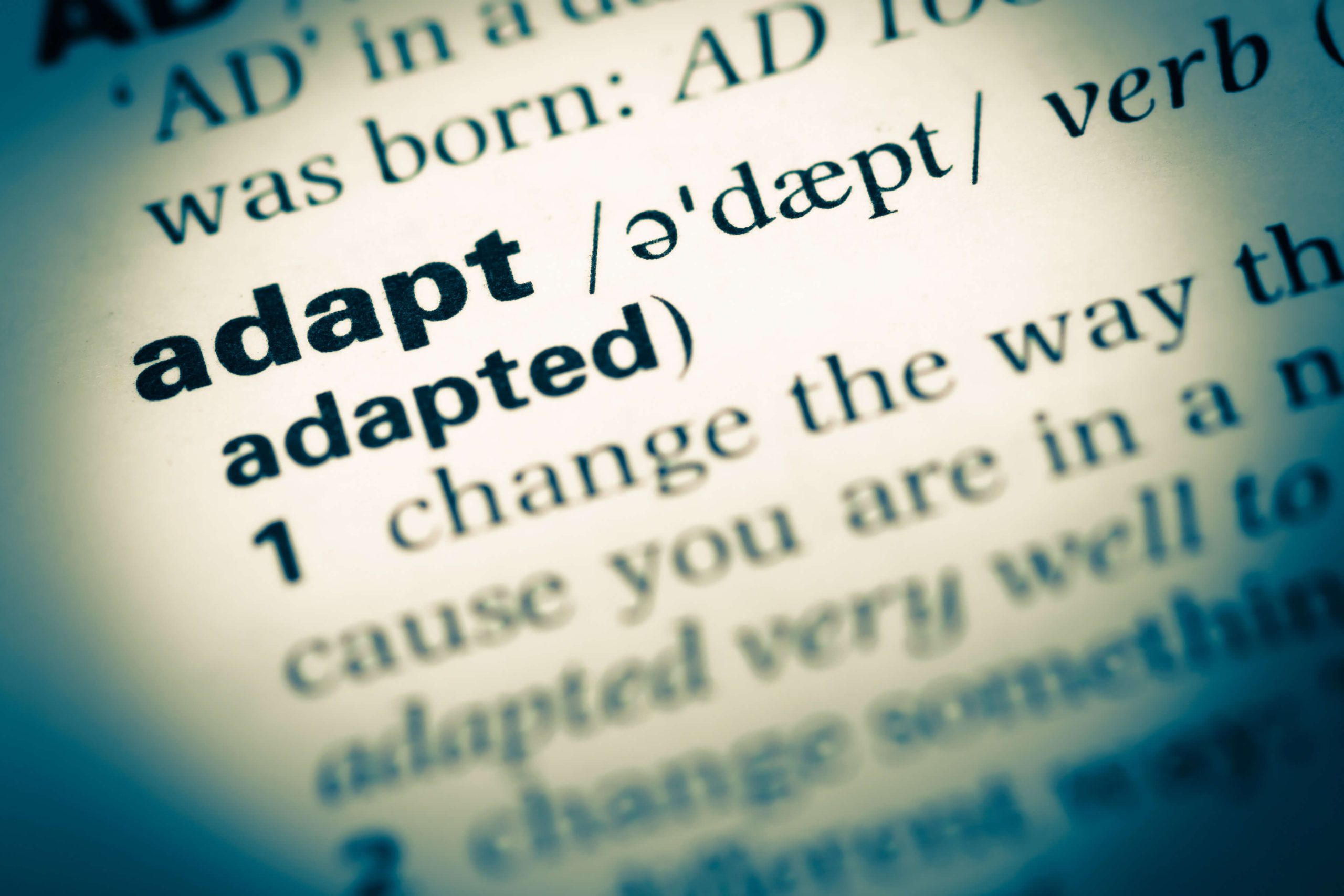editor George Karagiannis
Founding Creative Partner, 2yolk
Hedonic Adaptation: Why do brands need to know what it means?
The new campaign had brought a lot of excitement to the marketing team, as they saw the people’s positive reactions on social media. But after a few months, people seemed to have forgotten about that contact and the team was puzzled. Why? The answer lies in two words that psychologists call “hedonic adaptation.”
Brands are always looking for ways to maintain a stable relationship with their audience. But this relationship often suffers from fatigue. That is a phenomenon that we all experience, isn’t it? We start a new relationship full of enthusiasm and we end up either making more and more compromises in order to maintain it, or looking for the next partner that will make us excited again. We buy the latest mobile phone, excited about the new technological features it offers us, and after a while we search the internet for leaks of the next model’s features.
So how does hedonic adaptation work and why is it of interest to brands? First of all, we should try to understand its basic function. Psychologists have come to the conclusion that all people have a stable level of happiness. Whether we find ourselves in situations that make us very happy, or in situations that distress us greatly, after some time the level of our pleasure returns to its usual average which is different for every person. Researchers observed two groups of people. More specifically, the first group consisted of lotto winners. People who experienced a huge change in their lives within a day’s time, a turn supposedly for the better and we would all assume that they would now live a consistently happy and blissful life.

But research showed that the initial high point of euphoria, sooner or later, faded and people returned to their previous happiness level or in many cases to lower ones. The same conclusion was reached while studying the case the other way around: the second group consisted of victims of serious accidents, of people who suddenly found themselves to be paraplegic. And these people, after some time when their level of euphoria had dropped very low, gradually adapted to this new situation and their level of happiness returned to the same level that was before the accident.
This mechanism is therefore called hedonic adaptation. Our brain adapts to the new situation, takes it for granted and no longer gets impressed by it. So why does this mechanism concern brands? The answer to this question is divided in two points. The first concerns the power of our perception of a brand and the second has to do with the need for systematic reviews in order for the brand to remain relevant.
We have recently been talking to a customer company about a new amazing patent they’ve found and how much they think it will change the way people conceive the idea of a particular product category. Their idea is indeed excellent, but what we pointed out to them, calculating the phenomenon of hedonic adaptation, is that their audience will sooner or later consider this idea as the new standard and will get used to it. And when others start offering it, they will take it for granted. This is, therefore, the moment when the opinion about the brand that someone has shaped over time, will play the most serious role in his choice.
Let’s look at an existing example that will help us better understand this function for brands. Everyone knows Nespresso: the brand was introduced to us with a patent that changed the way we drink coffee at home, enabling us to enjoy high quality coffee easily and on a daily basis. This set new standards in user experience. But Nespresso did not stop there. At the same time, they were strategically and systematically working on a branding level – by generating the feeling of belonging to a private club, the design of the stores, the contact with George Clooney, etc., building the brand’s image excellently.

So, when they stopped having the exclusive patent of the capsule and other brands with similar products appeared, the situation in the market was reshaped, but our perception of the brand did not change. The hedonic adaptation contributed to considering the product as the new standard. So what remained to be evaluated was the value of the brand, and since the brand had some solid foundation, it withstood the test.
The second point has to do with the reimaging of the brand in order to stay relevant. We realize now that we have a better understanding of the mechanism of hedonic adaptation (but also from our personal experience) that the audience loses the initial enthusiasm after some time because of a launch, a new patent, creative communication, etc. In this case, we need new stimuli that will keep the audience emotionally alert and in touch with the brand, in order to keep up with the hedonic adaptation. What we should be careful of, also in this case, is that our communication is “on brand”, that means, not only to refresh the stimuli, but be very meticulous with their quality and the direction they follow. On the one hand, we must maintain the relationship between the brand and the audience and build on the opinion that the audience has of the brand. A very good example in Greece is Lacta. As a brand, they always manage with their communication to maintain the enthusiasm of their audience, at the same time their communication has a standard subject which is love (we can identify issues in other points of this brand’s communication but this is not the right time.)
For each person branding and their perception of a brand is a very internal process. A deeper understanding of the mechanisms that contribute to the formation of these perceptions – such as hedonic adaptation – can help brands build a solid relationship with their audience. But it seems that it is important, whatever the mechanism, that our actions always move within the framework of the brand’s personality, strengthening each other, so that they help to build the desired perception of the brand.
We would like to thank www.epixeiro.gr for their contribution

